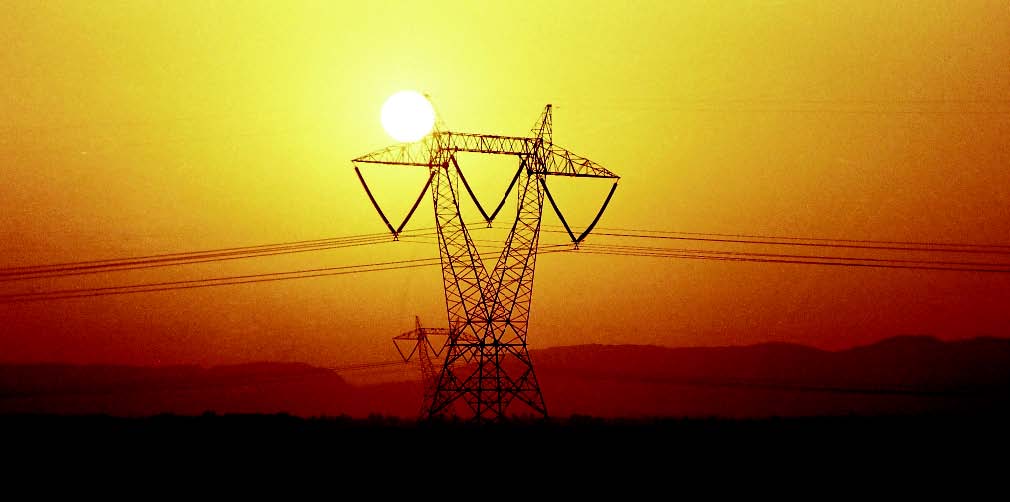
There appears to be an almost inverse relationship between the sources of electricity that are most expensive to set up and those that are most expensive to run. And that inverse relationship helps explain why investment in Pakistan’s power generation system – after the initial few decades – has focused entirely on sources that are cheaper to install but then drive up the cost of power generation.
Well into the 1990s, the overwhelming bulk of Pakistan’s electricity generation still came from hydroelectric power plants. The revival and expansion of industrial consumption, coupled with an extensive village electrification programme and a population explosion caused electricity demand to rise exponentially. At that point, the government faced a choice: it could either take the time and make the high upfront investment in expanding hydroelectric power or it could chose to go with thermal power.

In 1994, that decision appeared to make sense. Setting up an oil-fired power plant costs just one-third of the cost of setting up a hydroelectric power plant, and has the added virtue of not having any political baggage associated with building dams. It is also available year-round and does not have the same seasonal variations in production that hydroelectric dams have. And back then, oil prices were relatively cheap and supplies all came from allied Middle Eastern nations.
In retrospect, however, the decision appears to have been disastrous, since oil prices were about to skyrocket for a wide variety of reasons, such as surging demand from emerging markets much bigger than Pakistan, like India and China.
Confronted with this rising cost, the Musharraf administration made the decision to encourage gas-fired power plants. These have the virtue of costing only slightly more than oil-fired power plants but able to run on a cheap, indigenous fuel. And it was at this point that Pakistan discovered a decades-old policy blunder.
The price of natural gas was set artificially low by government fiat, which the government was able to maintain because it had discovered large gas reserves and owned all of the companies in the gas supply chain. The problem with this policy is that the country ended up using much of that cheaper gas very quickly, since people did not think twice about wasting gas.
As the country’s largest fields start reaching depletion points, the newer fields coming online are smaller, and require more investment for less gas, raising overall costs. The government, however, is unwilling to pass that cost on to consumers. As a result, investment in newer technologies like hydraulic fracturing, which releases huge quantities of gas from hard-to-reach deposits, is simply not occurring at this stage.
Without a significant liberalisation of natural gas exploration and development, Pakistan’s natural gas production is set to decline from a peak of about 4,500 million cubic feet per day (mmcfd) in 2014 to less than 2,300 mmcfd by 2021.
Oil prices are unlikely to come down any time soon. And as India begins to import coal, even global coal prices are set to rise, making imported coal-fired power plants only a temporary fix at best. Solar and wind power are not yet at the stage where they can contribute more than a small fraction of the nation’s energy supply. That leaves hydroelectricity and gas-fired power plants as the most realistic options for mass expansions of generation capacity.
Published in The Express Tribune, June 3rd, 2013.
Like Business on Facebook to stay informed and join in the conversation.
COMMENTS (4)
Comments are moderated and generally will be posted if they are on-topic and not abusive.
For more information, please see our Comments FAQ

















@ people vouching for solar and wind;
Just read a news item that appeared in ET today. A Chinese company (supposedly cheap alternative) is setting up a 50 MW wind farm somewhere in Sindh at a cost of 125 MILLION USD.
Just roughly adding up, so a 1000MW installation would require about 2.5 BILLION USD. Go figure!
In these 2.5 Billion USD, you can probably set up 5000 MW of coal fired power plants with no down time. Wind and solar have significant downtimes, which are suitable for countries with well established conventional power infrastructure where alternative energy sources play a secondary role. In Pakistan, we do not have this luxury at the moment.
Pakistan has plenty of wind and sun, these would be the most economical long term sustainable solutions apart from hydroelectric projects. Dams don't have to be all mega sized ones. It is possible to generate electricity from smaller barrages that can be build in dozens of places.
Hydraulic fracturing requires huge amount of water which we don't have. And while the whole world is going after solar including Middle East and china, we are saying that solar is not ready yet. Fossil fuel and hydroelectric will continue to shrink and country like us must look into utility scale solar farms.
We certainly need more dams. . hope Nawaz starts work on Basha, Dasy and Bunji Dams.